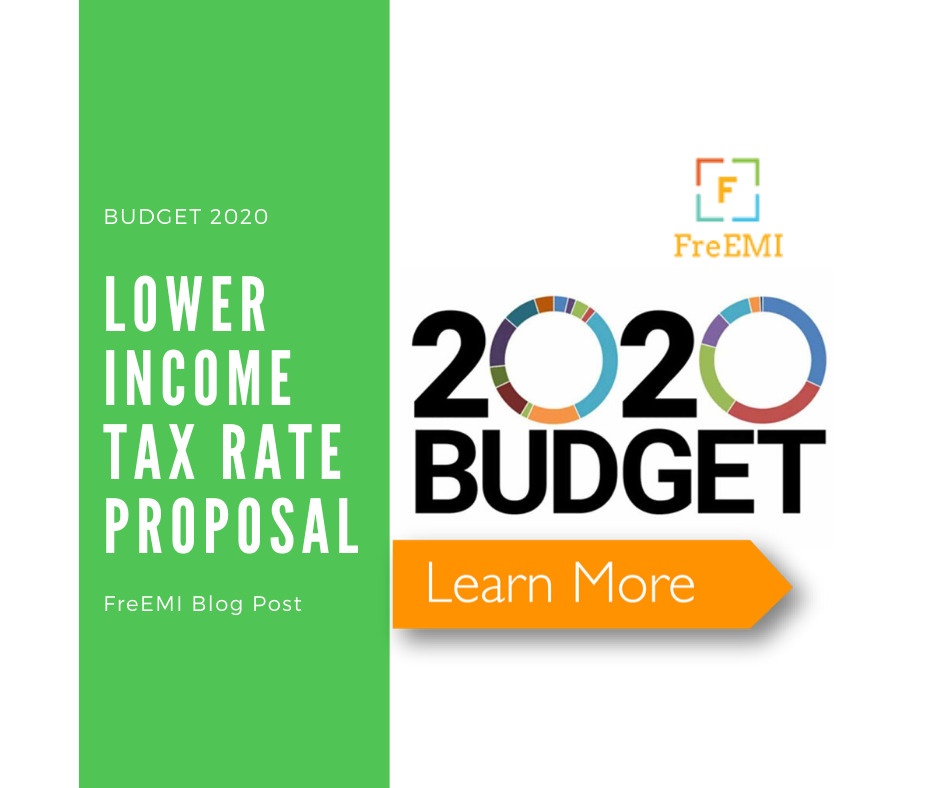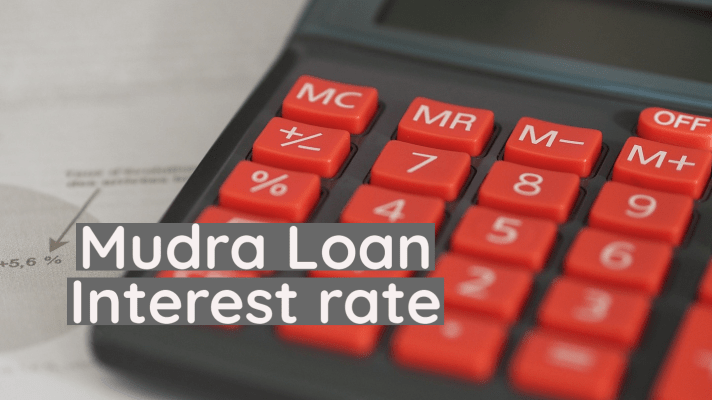Mutual Fund Returns
Before we start talking about Mutual fund returns we should know what is mutual fund? And why should we invest in Mutual fund?
What is Mutual Fund?
- A mutual fund collects money from investors to purchase securities and this fund is managed by professionals. There is a variety of mutual funds but most popular is equity, debt, and hybrid.
Why should we invest in Mutual Fund?
- People are now days going crazy about mutual funds but why? What is the reason for that? We are here to tell you.
- Professionally Managed – As we have said before that mutual funds are managed by professionals. You may not have the knowledge or the time to invest your money in proper place. A mutual fund allows you to pool your money with the other investors. Portfolio manager s decides where to invest the money in the fund and when to buy and sell investments.
- Higher Returns – Isn’t it so good to get higher returns. When you are investing in other places you get a percentage of 7-8% of your money and the tenure is so long for this kind of percentage. But when you are investing in mutual funds the return is very high even some times it is like 16-30%.
- Easy to buy and sell – Mutual Funds are available in banks, financial planning firms, trust companies, credit unions and also in investment firms so whenever you want to buy a mutual fund you can. And if you want to sell yours you just can go any of these places above mentioned and sell your fund and can get access of your money.
- Variety- There is a wide range of fund from you can choose
1. If you are young and just started a job you can invest in equity funds. The time is so long and the return you get after the time is huge
2. If you are middle aged and middle of your carrier you can invest on balanced mutual fund. The risk is moderate here.
3. If you are retiring invest on bond fund.
Let’s get back to the topic here we will talk about mutual fund returns. Returns which depend upon the performance of the fund are defined as mutual fund returns. So here we will discuss about various types of returns.
- Absolute Returns – Absolute Returns or Point-to-Point returns indicates the increase or decrease in investment, in terms of percentage. The time taken for this change is not accounted for. The absolute returns method of calculating returns is used for mutual funds with a tenure less than 1 year. If the period is more than one year, the investor has to calculate annualized returns.
- Trailing Returns– It is the annualised return over a particular trailing period which ends today. For instance, if the NAV of a MF scheme today is Rs.100, and it was, let’s say, Rs.60 three years ago. The formula to calculate trailing return in a Microsoft Excel sheet is (Today’s NAV / NAV at the beginning of the trailing period) ^ (1/Trailing Period) – 1. Therefore, your three-year trailing return will be 18.6%. In case the scheme’s NAV five years ago was Rs.50, the five-year trailing return shall be 14.9%
- Annualised Return– As the term implies, annualised returns measure the amount of growth in the value of your investment on an annual basis. For instance, let’s say that you made an investment of Rs.1 lakh in a MF scheme. In a span of three years, your investment has grown to Rs.1.4 lakh. In this case, your absolute return is 40%, but your annualised return is 11.9% because of the compounding effect.
- Rolling Returns– They refer to a scheme’s annualised returns over a particular period of time. Rolling returns periods can be daily, weekly or monthly and shall be used until the last day of the duration in comparison with the benchmark of the scheme (for instance, Nifty, CNX – Midcap, CNX – 500, BSE – 200, BSE – Midcap, etc.) or fund category (for instance, midcap funds, large cap funds, balanced funds, diversified equity funds, etc.)
Compound Annual Growth Rate is used to calculate the returns from mutual funds investment which has a holding period that exceeds a year. This would reduce the short-term fluctuations and volatility of the Net Asset Value of the funds. Under this method of calculating returns from mutual funds, it is assumed that the investment is growing at a steady pace
In order to calculate the Compound Annual Growth Rate (CAGR) manually, the equation is as follows:
CAGR = [(Current Net Asset Value / Beginning Net Asset Value) ^ (1/number of years)]-1
- Total Return– It refers to the actual returns you have accrued from the investment. It includes dividends as well as capital gains. For instance, let’s say that you made an investment of Rs.1 lakh in a MF scheme, and the NAV was Rs.20. Since you made purchases worth Rs.1 lakh and the NAV is Rs.20, it means that you purchased 5,000 units. After a year, the NAV of the MF scheme increases to Rs.22, and the value of your units will be Rs.1.1 lakh (5,000 units x Rs.22 per unit), which means your capital gains shall be Rs.10,000. Now, in case the scheme declared dividends of Rs.2 per unit over the course of the year, the overall dividend paid to the investor shall be Rs.10,000 (5,000 units x Rs.2 per unit). Therefore, your overall accrued return shall be Rs.10,000 + Rs.10,000 (dividend + capital gains) = Rs.20,000, which makes your overall return = 20%.
- Point to Point Return– It is the annualised return recorded between two points of time. All you need to calculate point to point returns is the start date and the closing date of a mutual fund scheme.
Returns of various Mutual Funds in INDIA
Returns from moderate Risk Equity Funds
| Fund Scheme | 1 year | 3 year | 5 year |
| Aditya Birla Sun Life Frontline Equity Fund (G) | 4.77% | 8.79% | 16.82% |
| DSPBR Equity opportunities Fund Reg (G) | 4.28% | 11.50% | 19.01% |
| Franklin India Bluechip Fund | 5.63% | 7.32% | 14.57% |
Returns from high Risk Equity Funds
| FUND NAME | 1 year | 3 year | 5 year |
| Aditya Birla SL Equity Fund (G) | 4.81% | 12.76% | 22.18% |
| BNP Paribas Mid Cap (G) | -4.11% | 22.29% | 22.29% |
| Franklin India Prima Fund (G) | 4.58% | 11.73% | 24.27% |
Returns from moderate Risk tax savings Funds
| FUND NAME | 1 year | 3 year | 5 year |
| Axis LT Equity Fund (G) | 18.24% | 12.06% | 23.78% |
| Invesco India Tax Plan (G) | 18.59% | 12.88% | 20.86% |
| Franklin India Taxshield (G) | 9.90% | 10.05% | 18.80% |
Returns from high Risk tax savings Funds
| FUND NAME | 1 year | 3 year | 5 year |
| Aditya Birla SL Tax Relief ’96 (G) | 12.56% | 12.66% | 22.52% |
| Tata India Tax Savings Fund – Reg (G) | 12.78% | 15.30% | N/A |
Return from Theme funds
| Fund NAME | 1 year | 3 year | 5 year |
| Franklin Build India Fund (G) | 1.35% | 1.35% | 24.80% |
| Franklin India Technology Fund (G) | 30.41% | 10.90% | 18.99% |
| ICICI Pru US Bluechip Equity Fund (G) | 13.74% | 8.31% | 14.25% |
Returns from Hybrid Equity Oriented Funds- Moderate Risk
| Fund NAME | 1 year | 3 year | 5 year |
| Aditya Birla SL Balanced ’95 Fund (G) | 3.65% | 9.24% | 16.71% |
| ICICI Pru Equity & Debt Fund (G) | 9.56% | 11.72% | 17.86% |
| HDFC Balanced Fund (G) | 10.43% | 11.63% | 19.18% |
Returns from Hybrid Equity Oriented Funds- Low Risk
| Fund NAME | 1 year | 3year | 5 year |
| Kotak Equity Savings Fund (G) | 7.93% | 7.92% | N/A |
| ICICI Pru Balanced Advantage Fund (G) | 7.09% | 7.09% | 14.39% |
Returns from Hybrid Debt Oriented Funds
| FUND NAME | 1 YEAR | 3 YEAR | 5 YEAR |
| ICICI Pru Regular Savings Fund (G) | 5.11% | 9.38% | 11.49% |
| ICICI Pru MIP 25 (G) | 7.32% | 9.30% | 11.36% |
| UTI Regular Savings Fund – Reg (G) | 8.36% | 8.90% | 10.90% |
Returns from Debt Funds- six months to one year holding
| FUND NAME | 1 YEAR | 3 YEAR | 5 YEAR |
| Tata Treasury Advantage Fund | 6.66% | 7.72% | 8.32% |
| ICICI Pru Flexible Income Plan (G) | 6.70% | 8.02% | 8.60% |
| Aditya Birla SL FRF – Long Term Plan (G) | 6.48% | 8.02% | 8.58% |
Returns from short term debt funds – low risk
| FUND NAME | 1 YEAR | 3 YEARS | 5 YEARS |
| Aditya Birla SL Short Term Fund (G) | 5.18% | 7.83% | 8.47% |
| UTI Banking & PSU Debt Fund – Reg (G) | 6.18% | 8.50% | N/A |
| HDFC Short Term Opportunities Fund (G) | 6.20% | 7.77% | 8.31% |
Returns from short term debt funds –moderate risk
| FUND NAME | 1 YEAR | 3 YEARS | 5 YEARS |
| Reliance Medium Term (G) | 6.05% | 7.64% | 8.11% |
Returns from long term debt funds –moderate risk
| FUND NAME | 1 YEAR | 3 YEAR | 5 YEAR |
| Aditya Birla SL Dynamic Bond Fund – Reg (G) | 0.30% | 6.51% | 7.82% |
| UTI Dynamic Bond Fund – Reg (G) | 4.10% | 8.21% | 9.04% |
| HDFC Medium Term Opportunities Fund (G) | 5.92% | 8.00% | 8.25% |
Returns from long term debt funds –high risk
| FUND NAME | 1 YEAR | 3 YEAR | 5 YEAR |
| DSPBR Credit Risk Fund – Reg (G) | 5.67% | 8.19% | 8.75% |
| Aditya Birla SL Medium Term Fund (G) | 5.23% | 8.38% | 9.09% |














